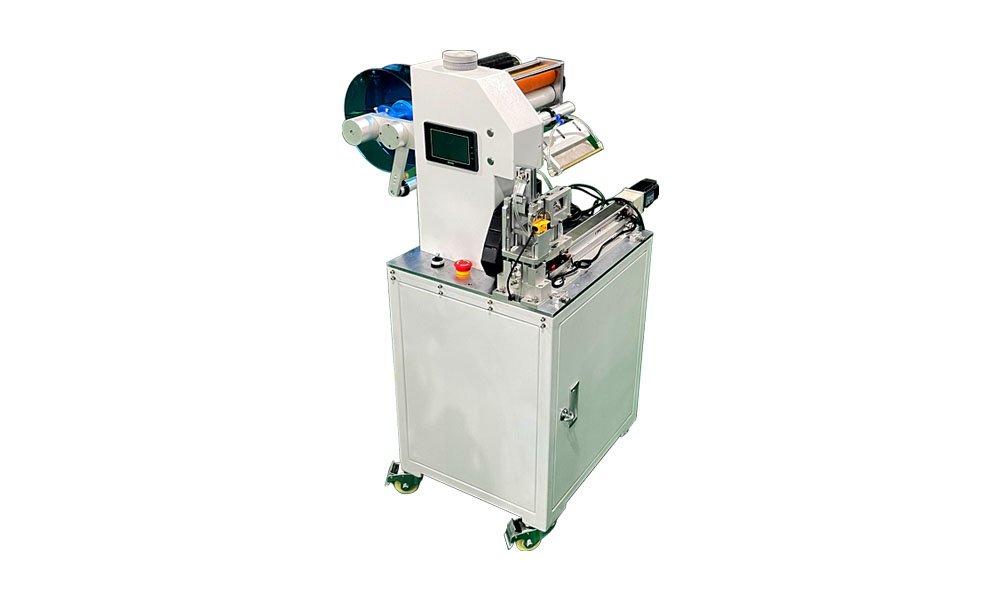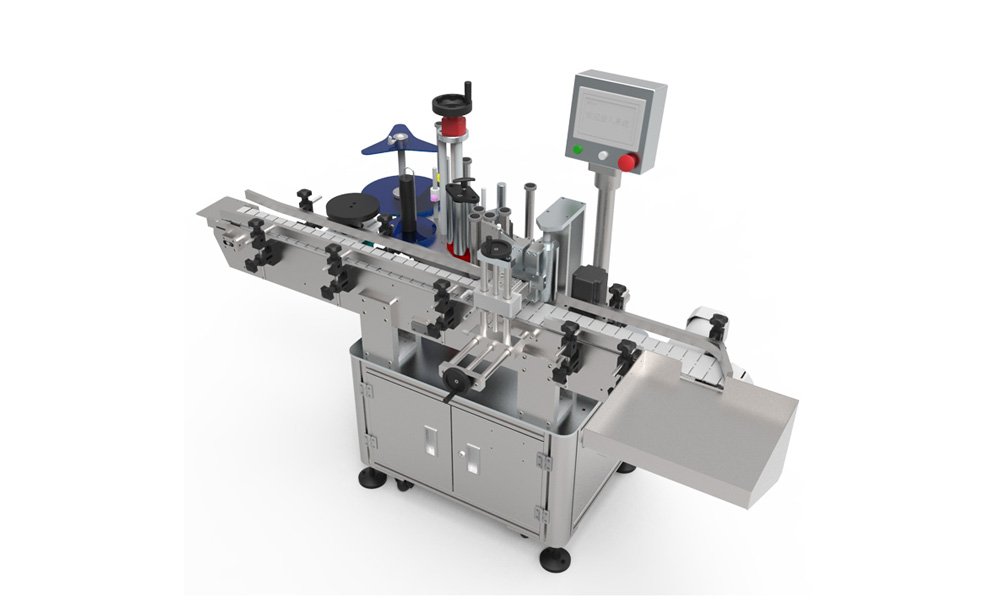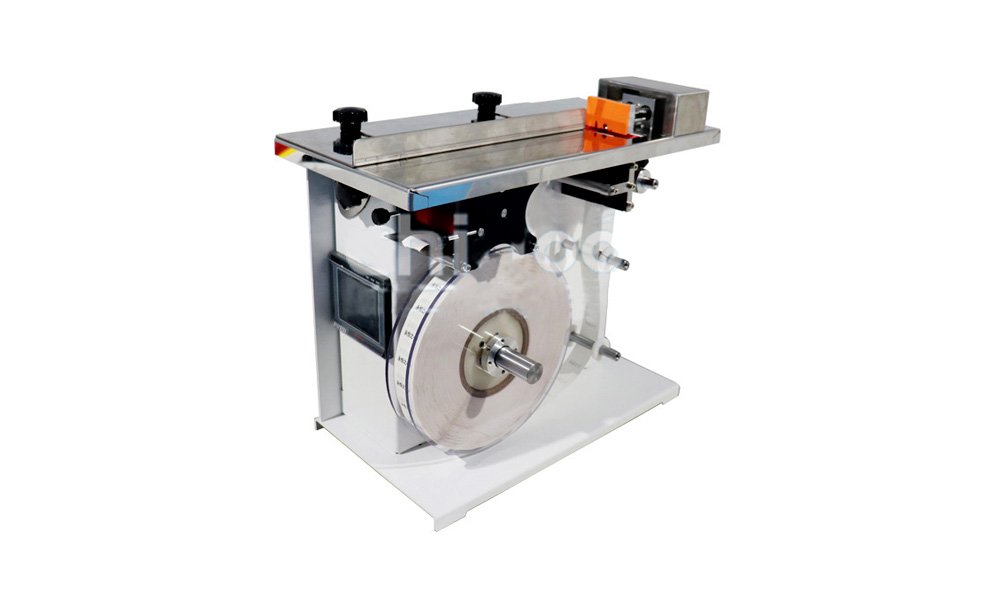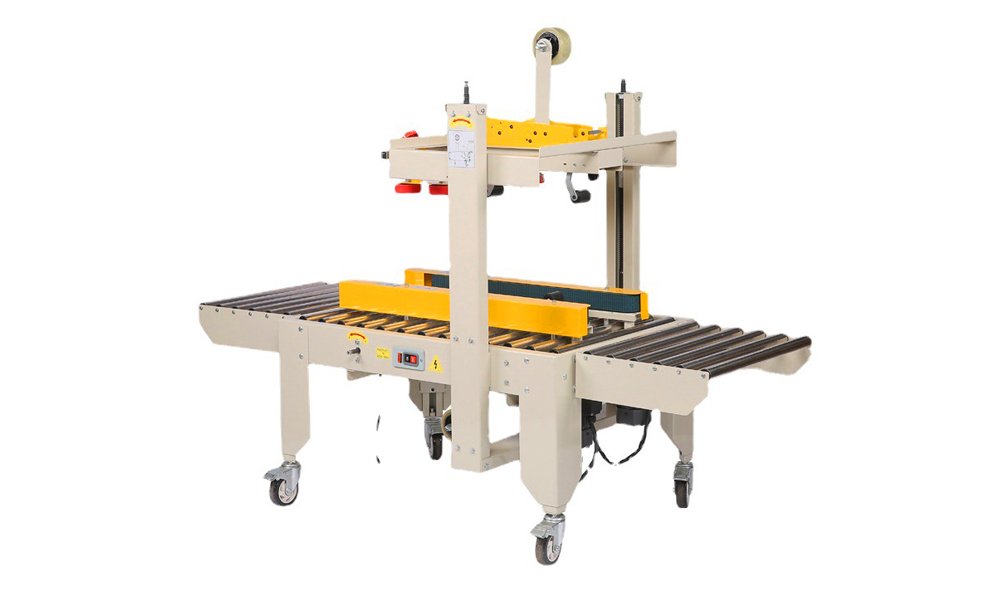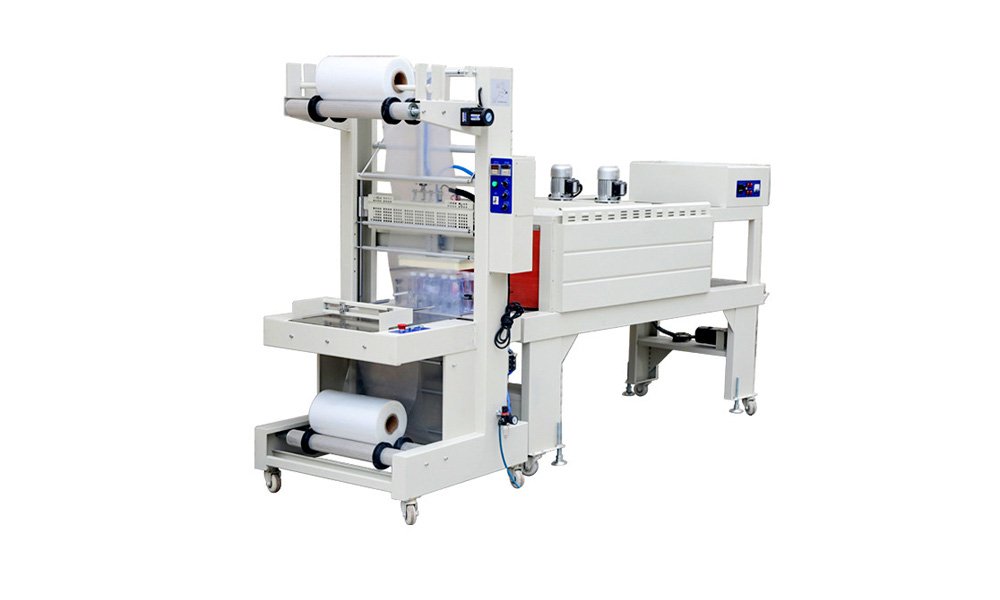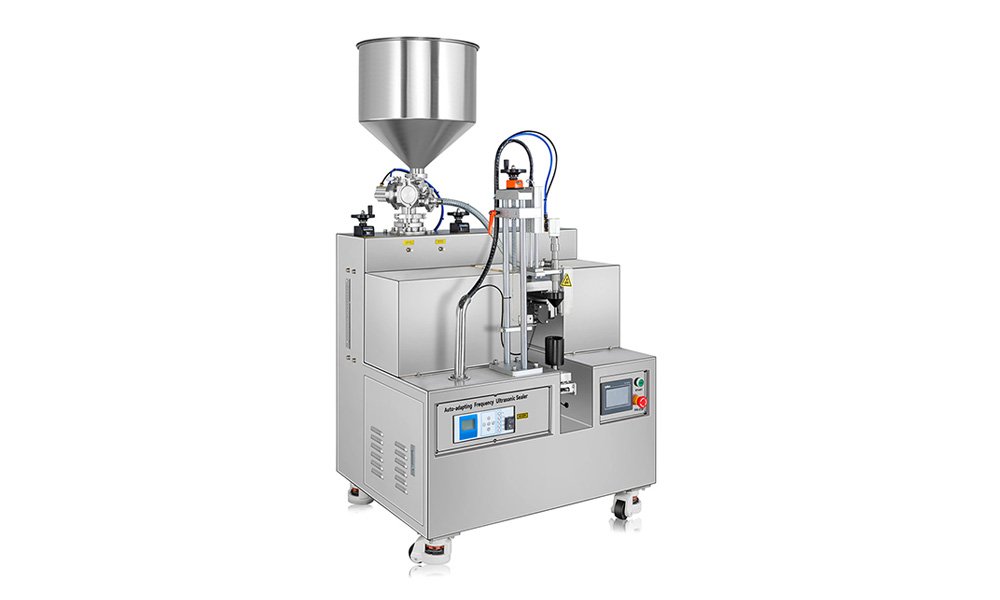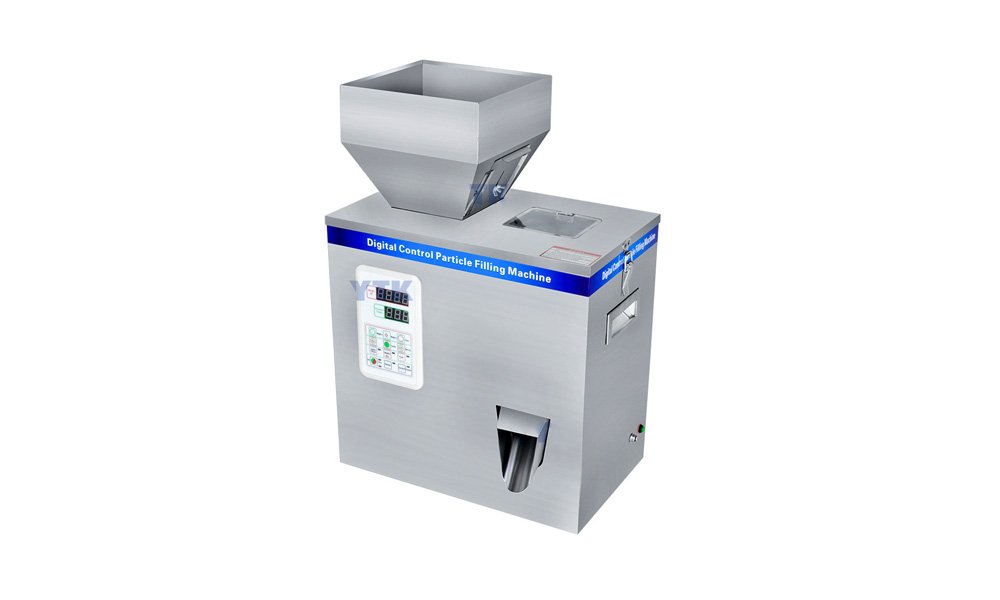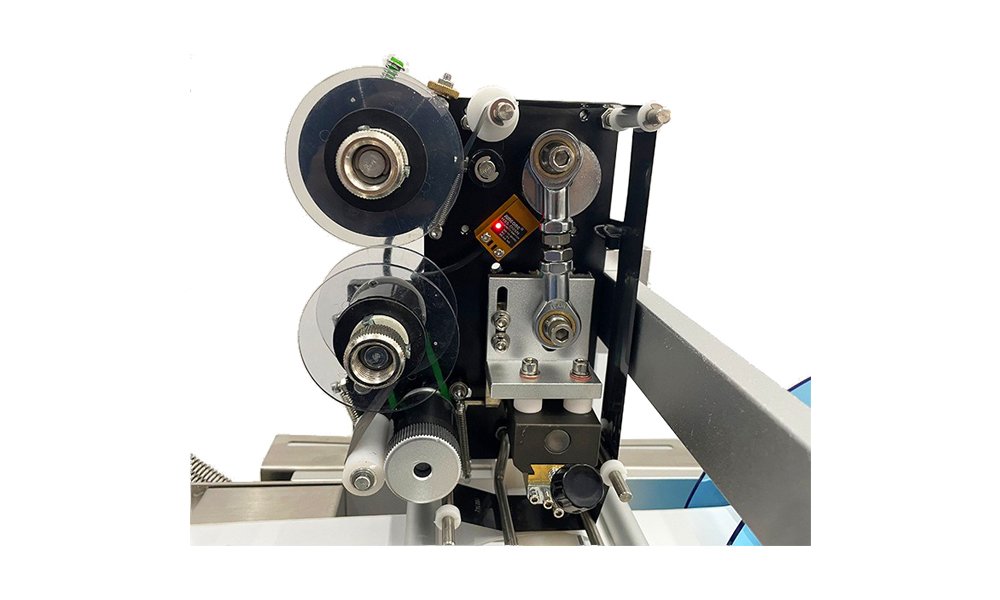Packaging machinery is a critical component in various industries to ensure products are packed, preserved, and ready to ship. Without it, you could lose products, create inefficiencies, and shorten the shelf life of your products. With the right machinery, you can produce faster and have less waste.
Packaging machinery refers to the automated equipment used to prepare and enclose products for storage, shipping, and sale, ensuring efficiency and product safety.
Knowing the different types and applications of packaging machinery is crucial to help you increase your production and maintain the integrity of your products.
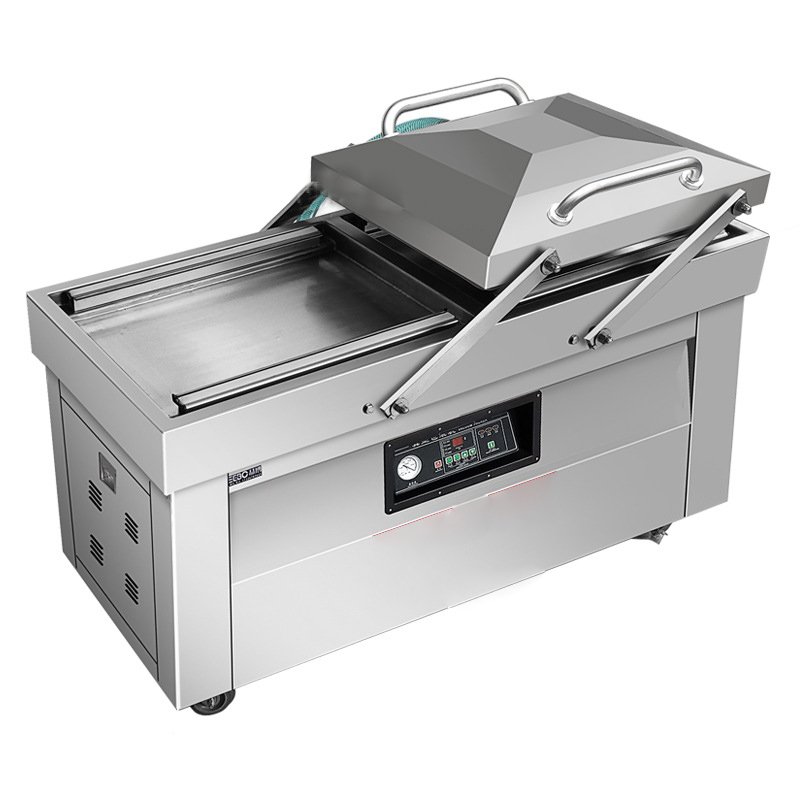
What Are the Machinery Required for Packaging?
Packaging processes often involve a variety of machines depending on the product and industry. These can include:
- Filling Machines – Used for liquids, powders, and other loose items.
- Labeling Machines – Apply labels and barcodes to packaging.
- Sealing Machines – Ensure packages are tightly sealed, preserving the contents.
- Shrink Wrap Machines – Encapsulate products with plastic films.
- Capping Machines – Place caps on containers.
- Palletizing Machines – Stack products onto pallets for shipping.
Each type of packaging machine is tailored to a specific function within the packaging process.
How Many Types of Packaging Machines Are There?
Packaging machines can be categorized into five main types, each designed to handle different packaging tasks:
- Filling Machines – For liquids, powders, and granular materials.
- Wrapping Machines – Wrapping products with shrink wrap or stretch films.
- Labeling Machines – Attach labels to products and containers.
- Capping and Sealing Machines – Seal bags, bottles, or boxes.
- Case Packaging Machines – Pack products into boxes or containers.
These categories offer versatility across different industries, ensuring that products are packaged correctly for distribution.
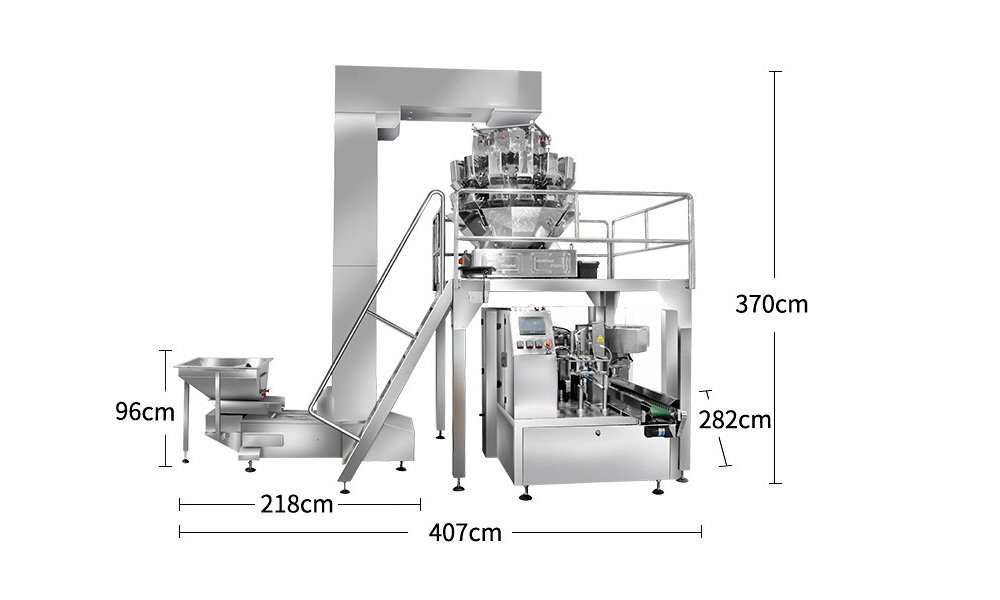
What Does a Packaging Machine Do?
A packaging machine automates the process of enclosing products in their final containers, ensuring consistency, safety, and durability. These machines:
- Fill products like liquids or powders into containers.
- Seal packages to prevent contamination.
- Label products for identification and marketing.
- Shrink-wrap or vacuum pack products to extend shelf life.
By automating these processes, packaging machines significantly speed up production and reduce human error.

What Are Industrial Packaging Machinery Lines?
Industrial packaging machinery lines are fully automated systems that handle the entire packaging process from start to finish. They typically include:
- Filling Stations – For adding products into containers.
- Sealing Stations – To close the packaging.
- Labeling Machines – To ensure proper labeling.
- Inspection Points – For quality control.
- Palletizing Stations – For organizing products onto pallets.
These lines are used in large-scale operations to ensure that thousands of products can be packed in a short time.
How Do I Choose a Packaging Machine?
Choosing the right packaging machine depends on several factors:
- Product Type – Different machines are required for liquids, powders, or solid products.
- Production Volume – Higher production volumes require more robust and automated machines.
- Packaging Material – Different machines work with specific packaging materials like plastic, glass, or cardboard.
- Budget – Consider the cost of the machine, maintenance, and energy consumption.
- Customization – Ensure the machine can be adjusted for specific needs.
By evaluating these factors, businesses can select machinery that enhances productivity while staying within budget.
How Do You Maintain a Packaging Machine?
To maintain packaging machinery and extend its life, follow these steps:
- Regular Cleaning – Dust and debris can reduce efficiency.
- Lubrication – Ensure that moving parts are well-lubricated.
- Routine Inspections – Regularly check for wear and tear.
- Software Updates – Keep control systems up to date.
- Training – Ensure that operators are well-trained to handle the machinery properly.
Proper maintenance prevents breakdowns and ensures consistent performance.
How Are Machines Used to Package Food Products?
Food packaging requires specialized machinery due to the need for hygiene and freshness. Common machines used include:
- Vacuum Sealers – Remove air to extend shelf life.
- Heat Sealers – Seal products in protective packaging.
- Flow Wrappers – Wrap food products in plastic films.
- Filling Machines – Dispense liquids, sauces, or powders into containers.
These machines ensure that food products remain uncontaminated and fresh for consumers.
What Are the Two Main Types of Packaging?
The two main types of packaging are primary and secondary packaging:
- Primary Packaging – This is the first layer that directly encloses the product, such as bottles, cans, or blister packs.
- Secondary Packaging – This is the outer layer used for storage and transportation, like boxes or shrink wraps.
Both types are essential for ensuring the product reaches the customer intact.
How Do Automatic Packaging Machines Work?
Automatic packaging machines use sensors, conveyors, and robotic arms to automate the packaging process. Here’s how it works:
- Product Insertion – Products are placed into the machine.
- Filling or Wrapping – The machine fills containers or wraps products.
- Sealing and Labeling – Products are sealed and labeled for identification.
- Inspection – Quality control checks are performed.
These machines operate with little human intervention, increasing speed and efficiency.
What Is the Most Important Aspect of a Packaging Machinery Line?
The most important aspect of a packaging machinery line is efficiency. It ensures the smooth operation of the packaging process with minimal downtime. Key factors contributing to efficiency include:
- Automation level – The more automated the line, the faster the production.
- Maintenance – Regular upkeep ensures the line runs smoothly.
- Flexibility – Machines that can handle multiple products and packaging materials improve overall efficiency.
Efficiency in packaging machinery leads to reduced costs, faster production times, and fewer product errors.
Conclusion
Packaging machinery is a critical part of any modern production line. Choosing the right machinery will allow you to produce faster, more efficiently, and protect the integrity of your products. Maintenance is also key.

